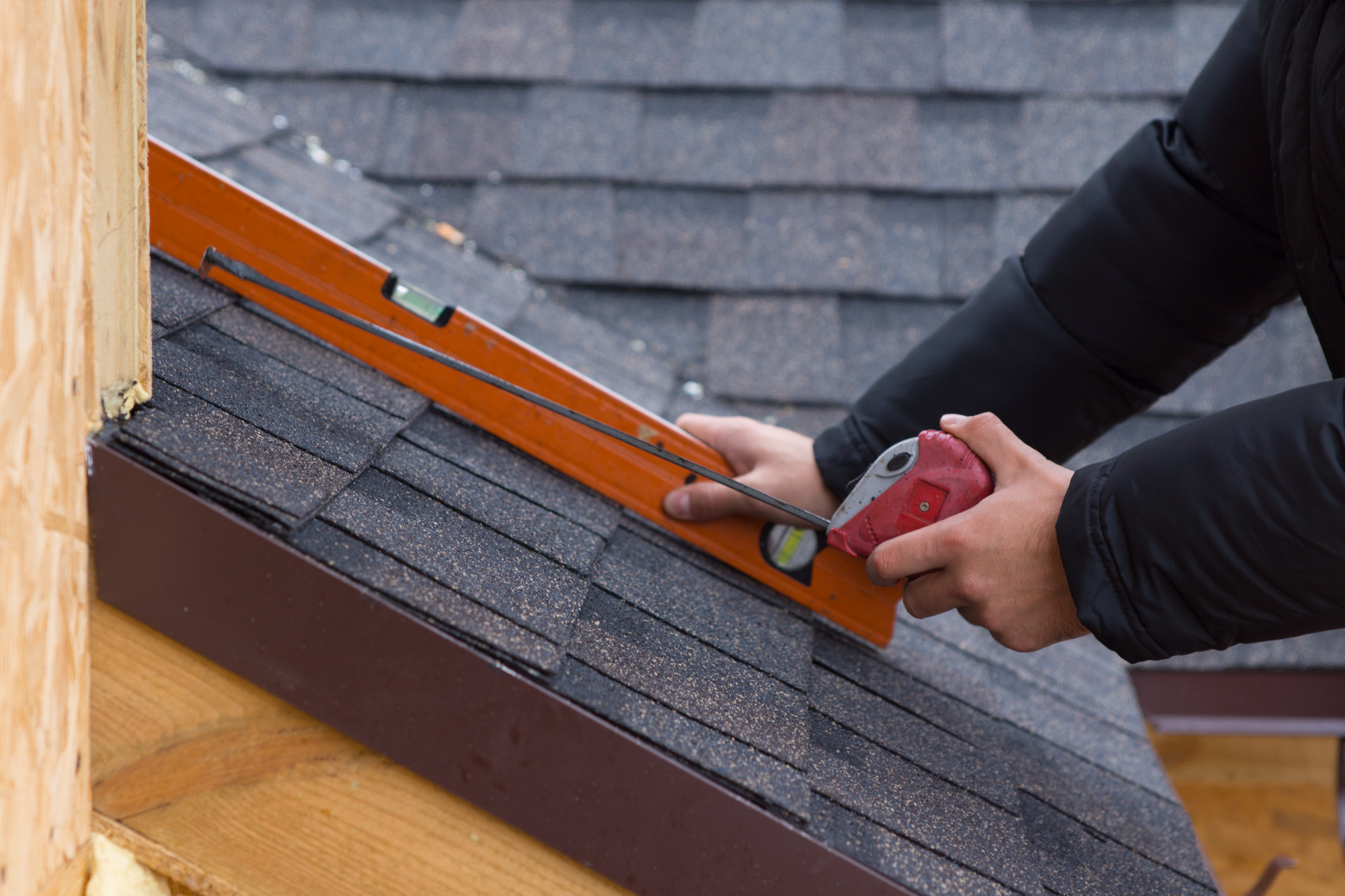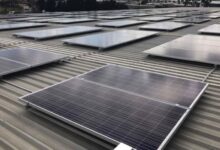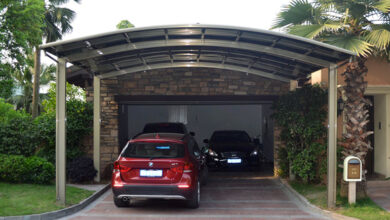
When Should You Replace Your Roof?
We don’t give it much thought since all we want is a roof over our heads.
The sad truth is that the roof is one of the most overlooked components of a home. In most cases, you won’t notice anything until it leaks or breaks apart. You’ll find that professionals recommend twice-yearly inspections for any concerns.
But, if you’re dealing with a roof that looks like it has reached the end of its natural life, then you’ll want to replace your roof. Keep on reading to learn all about when you should consider roof replacement instead of roof repair.
Table of Contents
When to Replace Your Roof 101: Looking at the Materials
The lifetime of each form of roof is varied.
We’ll cover our estimations of typical roof lifespans depending on the roofing material as a starting point.
Roof Made of Asphalt Shingles
3-tab asphalt shingle roofs typically last 15 to 20 years before being replaced under normal conditions.
Architectural asphalt shingle roofs, on the other hand, are better able to withstand the weather because of their unique design. Asphalt shingle roofs with 3-tabs may survive up to 10 years longer than those with 5-tabs.
Roofing Using Cement/Clay Tiles or Slate
One of the most durable types of roofing is tile made of clay or concrete.
The tiles are not only strong, but they also weigh a lot. So your property is even more protected since engineers built them on top of extra-sturdy roofing reinforcement.
Because of this, tile roofs are very long-lasting, lasting anywhere from 50 to 100 years.
In addition, slate is the strongest and most dependable. Most of the time, it will endure for at least 100 years.
Wooden Shingles
The lifespan of wood shingles is typically 25 to 30 years. However, they need regular upkeep, which reduces their usefulness.
A moss- and leaf-covered roof, for example, is a breeding ground for rot because of the moisture it attracts. You may be able to get 50 or more years out of your wood shingle roof if you keep up with the essential maintenance.
Wooden roofs are very vulnerable to fire damage. Because of this, it is prohibited and unsafe to install in some regions.
Roof Made of Wood Shakes
Wood shakes are more resistant to UV radiation and severe weather since they are thicker than shingles. The expected lifespan of these roofs is 35-40 years.
However, there is the issue of upkeep. The lifespan of a wood shake roof is directly related to how well it is maintained.
Roofing Made of Metal
Another long-lasting option for roofing is metal.
For most common metal roofing materials, such as steel and aluminum, a replacement isn’t necessary for 50 years. Zinc and copper roofs, for example, may survive for over a century.
Other Factors Affecting the Lifespan of a Roof
The material doesn’t only dictate the longevity of your roof it’s composed of but also things like upkeep and the weather.
Wood shingles, for example, may be more susceptible to mildew and cracking under particular weather conditions. Even the most durable metal roofs are susceptible to sealant deterioration.
Pretty light asphalt shingles are more likely to fall free in windy areas. Winds in densely forested locations may also bring down trees and tree branches, resulting in roof damage.
Furthermore, if you don’t address harm like this quickly enough, it will only worsen. The fracture widens as the temperature changes, forcing it to grow. Even a hairline break in the roof’s surface might allow water to seep through.
As a result, no matter what material your roof is constructed of, you should get it inspected for wear and tear every year.
Signs of Damage to Your Roof
As previously noted, unaddressed roof damage will deteriorate fast. Here are a few instances of typical roof damage that might shorten the lifetime of your roof if it isn’t repaired or replaced.
If you’re worried about your budget, you can check out the cost to replace roof here.
Seeing Holes and Leaks
Hole sizes large enough to let in light are an early indicator of roof decay. These indicate that your roof will need to be replaced in the next several months.
You should get your roof evaluated if you see sunlight entering through gaps in your ceiling or if there are leaks in your attic when it rains. Even if the cracks and holes are more minor, moisture may still get in. As we discussed before, they may quickly deteriorate.
Damage Caused by Water and Moisture
Attics and ceilings may also show signs of leaks, such as water stains or damage caused by water. Puddles in your attic may potentially be a sign of water damage. Moisture may seep into the attic’s insulation, so it’s worth checking there as well.
Circular, brown, or yellow-brown spots on the ceiling indicate a leak. Even if your walls have brown or yellowish stains, this is still true. Any dirt or debris carried by precipitation and then deposited on the surface of your ceiling or walls is to blame for this discoloration.
A leak’s progress is further enhanced if the ceiling is drooping. If you detect any of these indications, have your roof repaired immediately.
Signs of Exterior Damage
Signs of roof deterioration may also be seen from the street. Shingles that are missing, broken, rotting, or otherwise damaged are the most obvious signs of wear.
Roofs must have a clean, consistent appearance. Verify your roofing system for any oddities, such as bald spots. If a repair job seems sloppy, it may be the work of an untrustworthy roofer. You should call in a professional for a patch job that doesn’t work.
If you’re unable to safely inspect your roof from the outside, make sure the gutters and ground surrounding your house are clear.
Pieces of your shingles might be found in gutters and on the ground when they are broken. Check these places for debris that resembles your chimney/flashing. As a result of this damage, your roof is more vulnerable to further damage.
Replacing a Roof: Simplified
The majority of homeowners don’t have a reminder for roof maintenance or the average lifespan of their roof. Unfortunately, this tends to translate into damaged roofs that need immediate replacements.
We hope that our guide has shed some light on the expected lifespan of most roofs so that you can replace your roof accordingly. And, if you liked our article, then you’ll enjoy checking out our other tips and tricks in the home improvement section.








